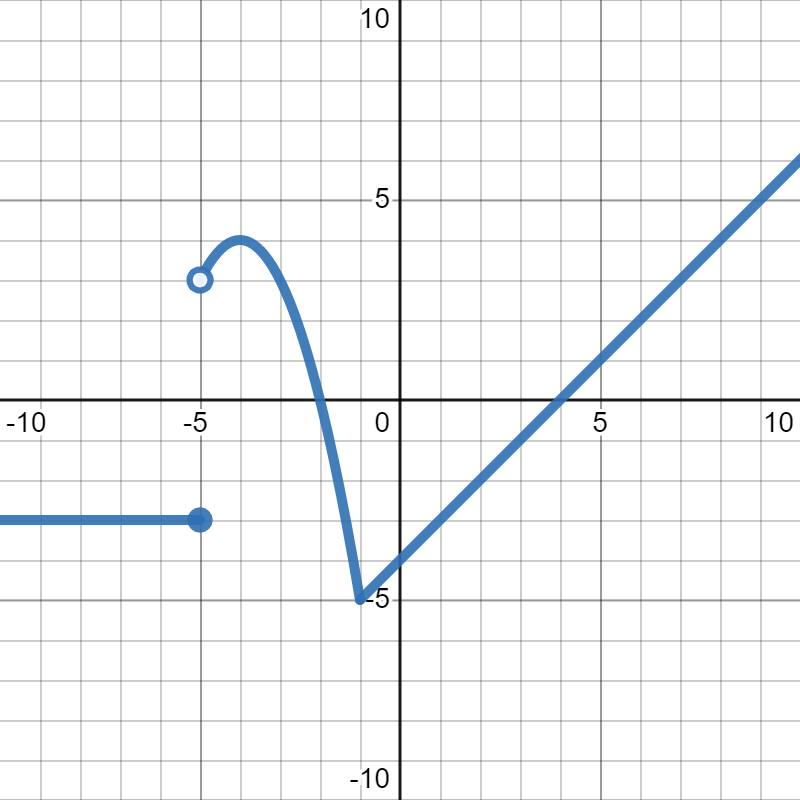Suppose \(f(x)=3x-7\) and we want to solve \(f(x)=5\text{.}\) If we had been asked to find \(f(5)\text{,}\) then \(5\) would be our input and we would plug it in for \(x\text{,}\) but instead, the question set \(f(x)\) equal to \(5\text{,}\) which makes \(5\) our output. So, we are going to set our formula equal to the output and solve:
\begin{align*}
3x-7 \amp = 5\\
3x \amp = 12\\
x \amp =4
\end{align*}

